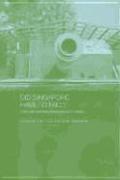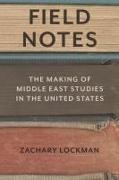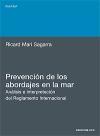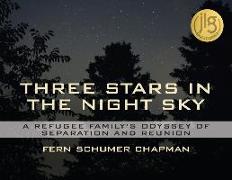Did Singapore Have to Fall?
BücherAngebote / Angebote:
On February 15, 1942 Singapore surrendered. It was the beginning of the end for the British Empire. Almost before the firing stopped, the controversy started. Could Singapore have been saved if more tanks or aircraft had been provided, or if Britain had denied Japan landing sites in Thailand? Could the tide have been turned as late as February 15, if fewer Australian troops had deserted? The glut of scapegoats-Churchill, British commanders, Australians-creates the need for a work which will cover the widest range of issues clearly and briefly. This book does that, providing an account of everything from prewar planning to postwar commemoration by British, Australians and Singaporeans. But it also unveils the relationship between 'Fortress Singapore' and the Fall. It shows that Churchill was against a long battle for north Malaya. In his mind's eye, Singapore remained a fortress with a moat and huge coastal gums. If the defenders fell back to Johore and Singapore, the enemy would have to assemble a vast siege train in order to pulverize the bastion's strong points. When Churchill realized the reality, that Singapore was 'the near naked island', he called for a final blood sacrifice to redeem the honor of race and empire.This book explains what Fortress Singapore was to Churchill, what it was in reality, and how it has been remembered by Singaporeans, Australians, British and Japanese. It also puts Churchill's decision in the context of the struggles in the Middle East and Russia, and allows Churchill and contemporaries to speak for themselves. It will help students and general readers make up their own minds on the most crucial questions, which can be summed up as: "DidSingapore Have to Fall"?
Folgt in ca. 15 Arbeitstagen




